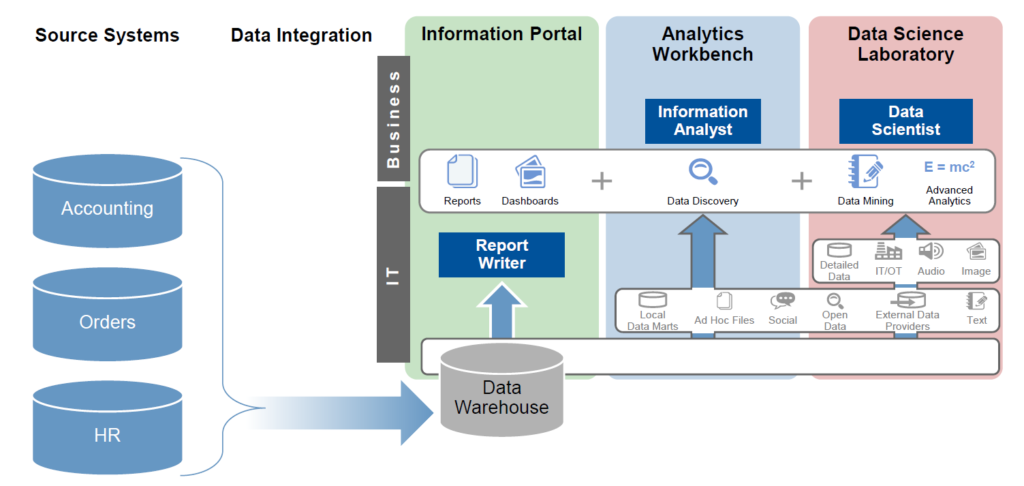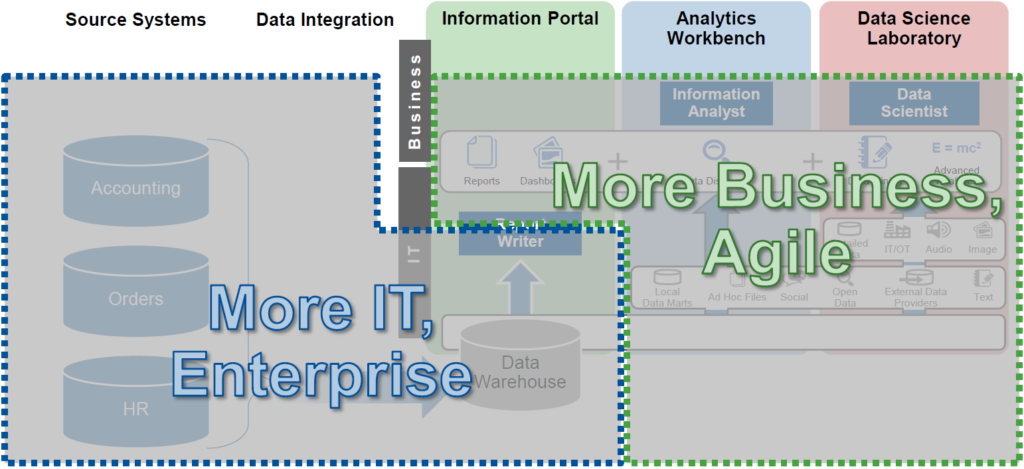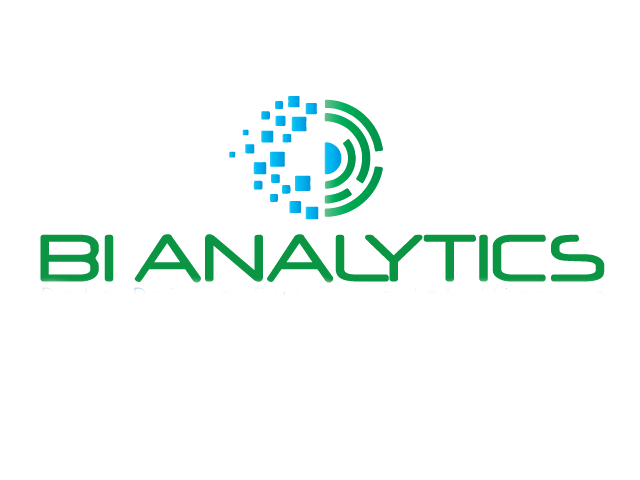Data Integration Importance
The results of data integration surround us, enabling highly valuable business activities in our organizations. Yet, we don’t always look past those activities to see data integration as the indispensable, behind-the-scenes enabler that it is.
If you need to corroborate the business value of data integration—which is a common prerequisite for the funding, sponsorship, or implementation of data integration—then you need to explain the enabling role that data integration plays for many data-driven business practices. Furthermore, if you want to keep data integration solutions fully aligned with business goals, then you need to be forever mindful of the specific types of business value that result from data integration’s teams, tools, and techniques.
1. Data Integration Increases the Value of Business Practices
Many valuable data-driven business practices depend on one or more forms of data integration (DI). In fact, some business practices aren’t possible without DI
2. The Visibility of Data Integration’s Business Value Varies
Recognizing the business value of data integration when you see it is harder than you might think, because a DI solution is typically separated a degree or two from the applications and integrated data that business users see. In general, however, DI’s business value is readily visible as valuable data.
3. As Data Integration Has Expanded, So Has Its Business Value
DI has evolved impressively in the last 10 years, expanding in several directions
4. Collaborative Practices Focus Data Integration on Business Goals
To assure that DI provides the best and the right kind of business value, DI work should be aligned with business goals relative to data.
5. By Definition, Data Integration Adds Value to Data
A common misconception about DI is that it merely moves data. However, all DI specialists know that you can’t simply move data. You must also improve it.
6. Business Intelligence and Data Warehousing
DI in support of data warehousing is definitely a value-adding process. DI collects raw material (data from diverse sources) and combines it to create a new product (a data warehouse). A DW contains data and data structures that do not exist elsewhere in an enterprise. Furthermore, due to the requirements of business intelligence (BI), data going into a data warehouse must be repurposed considerably to create aggregated, calculated, and time-series data, assembled into multidimensional data models. DI doesn’t just collect data; it transforms the data into these required structures.
7. Complete Views of Business Entities
DI collects data from multiple sources to complete a single view of a business entity. Common entities are customers, products, finances, employees, locations, and assets. This is similar to data warehousing, but for operations, not solely BI.
So-called 360-degree views improve many types of business operations:
- Complete customer data adds value to any customer-oriented business process, from sales and marketing to customer service.
- Complete product data adds value to business processes for procurement, supply chain, manufacturing, and product management.
- Complete asset data adds value to the management of assets, facilities, inventories, fleets, and office equipment.
- Complete employee data adds value to staffing, shift scheduling, payroll, OFAC compliance, and benefits management.
8. Data Synchronization
The business value of data synchronization is that more business users have a more complete view of an individual entity, such as customer, product, financial, and so on. However, data synchronization solutions tend to move and integrate data frequently, sometimes multiple times a business day. This increases the freshness or currency of data in applications. Data isn’t merely more complete; it’s also more current. And the currency enables more nimble, time-sensitive business practices.
9. Real-Time Information Delivery
Operational business intelligence typically gathers data frequently—say, three of more times in a business day—from operational applications, and makes that data available for dashboards and other types of operational or management reports. This gives a manager fresh information for tactical and operational decision making.
10. Business-to-Business Data Exchange
The need for modernization is driving change in B2B data exchange. But there’s also a need to build business value. After all, B2B partnerships are valuable in terms of revenue, market reach, brand development, and so on. And achieving greater operational excellence through modern DI helps to grow and maintain partnerships.




